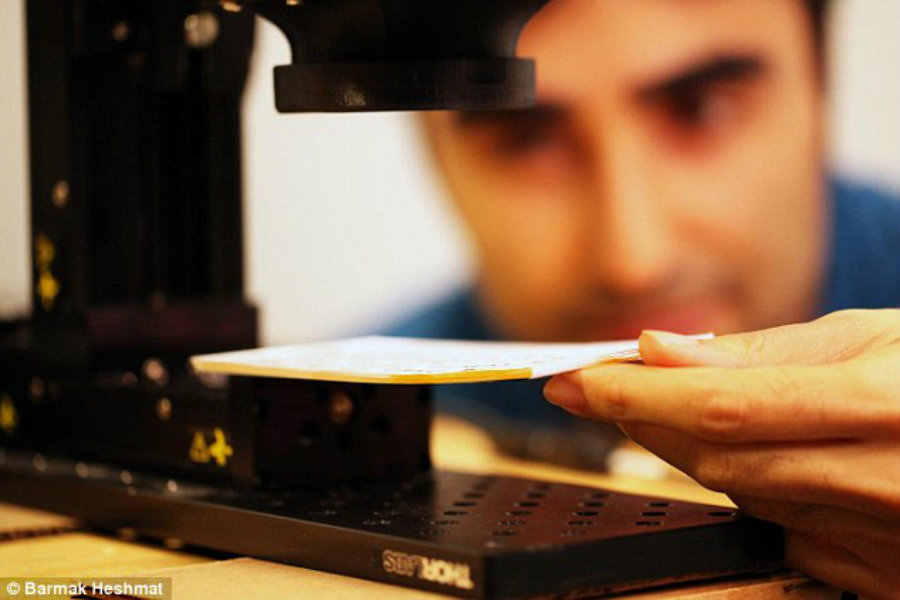Researchers from the Massachusetts Institute of Technology (MIT) have developed a new system that reads down the pages of a closed book. This happens thanks to an algorithm that uses Terahertz radiation.
The imaging system was developed by researchers at MIT and so far it allows them to identify the first twelve pages of a closed book and analyze and transmit the first nine pages.

The development of this new technology could be very useful for museums and archaeologists that handle sensitive ancient books and documents that could be harm by the touch of a person.
“The Metropolitan Museum in New York showed a lot of interest in this because they want to, for example, look into some antique books that they don’t even want to touch,” informed Barmak Heshmat, a researcher from the MIT and author of the study.
Reading through radiation
The new system can work thanks to terahertz radiation, which is the radiation found between the microwaves and infrared lights. Science has found this type of radiation more effective than other methods like X-rays or sound waves because it provides a better reading.
Terahertz radiation has several benefits over common emissions, for example, it’s able to distinguish ink paper from blank paper since it provides more depth and resolution than other waves like x-rays.
In the study recently published in the journal Nature Communications, researchers note that the new system has been able to read a stack of nine sheets, each one with a single letter written.
The secret of the system is the reflection read by terahertz radiation, as researchers note between every book page there are small air pockets of 20 micrometers deep, this allows the radiation to send a signal and bounce back between every page.
Researchers created a terahertz camera that throws bursts of radiation to the book and the small sensors within the device can detect the reflection of those bursts when they bounce back.
However, the team has a minor setback with the terahertz camera system, although the book absorbs the majority of the radiation, sometimes the radiation bounces between the pages before going back to the reading sensor and the team has to clear that ‘noise’ before reading the end product.
Thanks to the algorithm created by the research group, the camera takes those reflections and turns them into images that show the content of the pages of the book.
Georgia Tech worked on developing another algorithm that can read those images and translate them since they tend to come distorted and sometimes incomplete.
According to the MIT team, this technology could be exploited by all sorts of markets, from materials located in layers to machine parts and pharmaceuticals. The system is still in its primary stages and needs new developments from the research team.
Source: EurekAlert!
